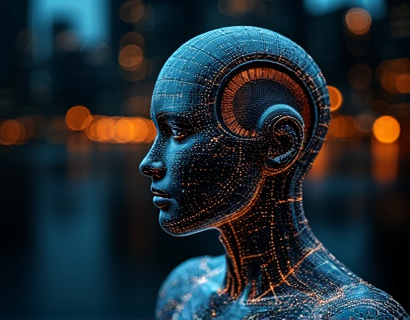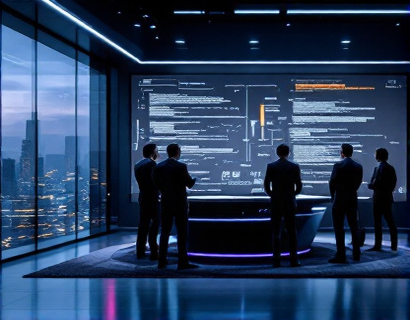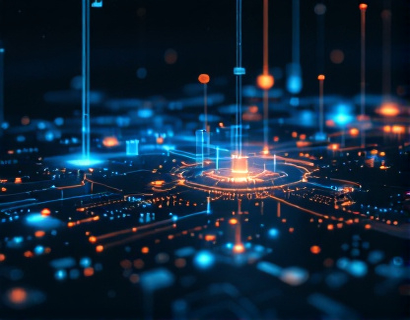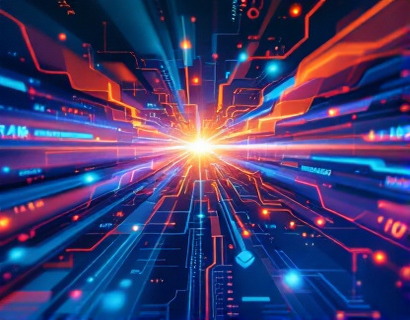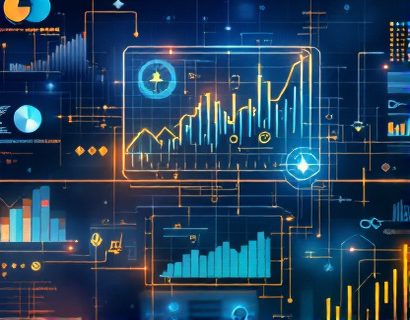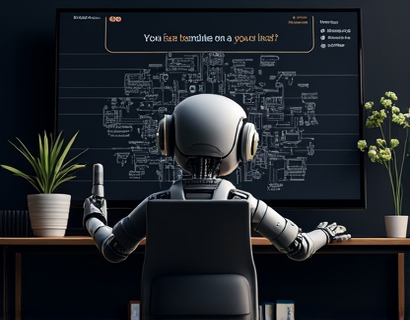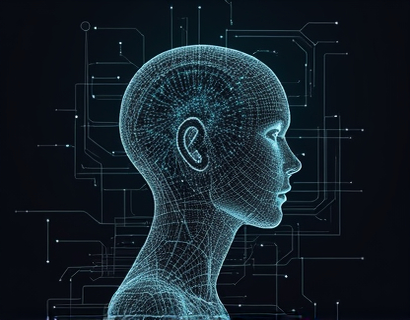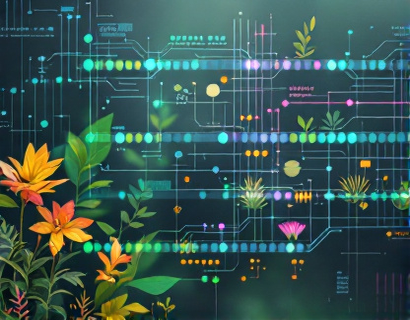Unlocking Global Communication with Advanced AI-Powered Translation Technology
The world has become increasingly interconnected, with businesses and individuals constantly seeking ways to bridge the gap between different languages and cultures. Advanced AI-powered translation technology stands at the forefront of this effort, offering a powerful solution to break down language barriers and enhance global interactions. This article delves into the capabilities and benefits of these cutting-edge tools, designed to provide precise and rapid translations, ensuring efficient and accurate multilingual connections across various industries.
The Need for Advanced Translation Solutions
In today's globalized economy, the ability to communicate effectively across languages is crucial. Whether it's a business meeting with international partners, a customer service interaction with a client from a different country, or a personal conversation with someone from a diverse cultural background, language barriers can hinder progress and understanding. Traditional translation methods, while useful, often fall short in terms of speed, accuracy, and context understanding. This is where advanced AI-powered translation technology comes into play, offering a more sophisticated and reliable alternative.
How AI-Powered Translation Works
AI-powered translation technology leverages the power of machine learning and natural language processing to analyze and translate text or speech in real-time. These systems are trained on vast datasets that include a wide range of languages, dialects, and contexts, enabling them to understand and reproduce nuances that are often lost in traditional translations. Here’s a closer look at the key components and processes involved:
- Data Collection: The first step involves gathering a massive amount of multilingual data, which serves as the foundation for training the AI models. This data includes books, articles, websites, and other text sources in various languages.
- Model Training: Using deep learning algorithms, the AI models are trained to recognize patterns and relationships within the data. This training process is iterative and continuous, allowing the models to improve over time as more data becomes available.
- Context Understanding: Advanced AI translation systems go beyond literal word-for-word translations by analyzing the context in which words and phrases are used. This includes understanding idioms, colloquialisms, and cultural references, ensuring that the translated text is not only accurate but also natural and appropriate for the target audience.
- Real-Time Translation: One of the most significant advantages of AI-powered translation is its ability to provide real-time translations. This is particularly useful in dynamic environments such as video conferences, live chats, and instant messaging, where immediate communication is essential.
Benefits of AI-Powered Translation Technology
The benefits of using advanced AI-powered translation technology are numerous and far-reaching, impacting both businesses and individuals in positive ways:
For Businesses
1. Enhanced Global Reach: AI-powered translation tools enable businesses to expand their operations into new markets with ease. By breaking down language barriers, companies can communicate more effectively with international customers, partners, and employees, thereby increasing their global footprint.
2. Improved Customer Service: Providing multilingual support is crucial for customer satisfaction in a globalized market. AI translation tools allow businesses to offer high-quality customer service to clients from different linguistic backgrounds, leading to better customer retention and loyalty.
3. Cost Efficiency: Traditional translation services can be expensive and time-consuming, especially for large volumes of text. AI-powered translation reduces costs by providing rapid and accurate translations, allowing businesses to allocate resources more efficiently.
4. Competitive Advantage: Companies that adopt advanced translation technology can gain a competitive edge by demonstrating their commitment to inclusivity and global connectivity. This can enhance their brand reputation and attract a broader customer base.
For Individuals
1. Seamless Communication: For individuals traveling or living in multilingual environments, AI-powered translation tools facilitate smooth communication with locals, making travel experiences more enjoyable and enriching.
2. Learning and Education: Students and language learners can benefit from these tools by getting instant translations of complex texts, enhancing their learning experience and accelerating their language acquisition.
3. Cultural Exchange: AI translation technology fosters greater cultural understanding by enabling people to access and engage with content from different parts of the world, breaking down cultural silos and promoting global unity.
Industry-Specific Applications
The versatility of AI-powered translation technology makes it applicable across a wide range of industries, each with its unique challenges and requirements:
Healthcare
In the healthcare sector, accurate communication is critical for patient care and safety. AI translation tools can assist in translating medical records, patient instructions, and consent forms, ensuring that healthcare providers and patients from different linguistic backgrounds can communicate effectively.
Legal and Government
Legal and government documents often require precise and formal translations. AI-powered translation technology can help in translating contracts, legal agreements, and official statements, reducing the risk of misinterpretation and ensuring compliance with regulations.
Travel and Hospitality
The travel and hospitality industry benefits greatly from AI translation tools, which can provide real-time translations for hotel information, flight schedules, and local attractions, enhancing the travel experience for international visitors.
E-commerce
E-commerce platforms can leverage AI translation to offer multilingual support on their websites and apps, making it easier for global customers to navigate and make purchases. This not only improves user experience but also increases sales and customer satisfaction.
Challenges and Considerations
While AI-powered translation technology offers numerous advantages, it is not without its challenges and limitations:
Accuracy and Nuance
Although AI translation has made significant strides, it still faces challenges in accurately capturing subtle nuances, idioms, and cultural references. Human oversight and intervention are often necessary to ensure the highest level of accuracy and appropriateness.
Data Privacy and Security
Using cloud-based translation services involves concerns about data privacy and security. It is essential for users to choose reputable providers that prioritize data protection and comply with relevant regulations.
Dependency on Technology
Over-reliance on AI translation tools can lead to a decrease in language learning and cultural understanding. It is important to use these tools as a supplement rather than a replacement for human language skills and cultural immersion.
Future Trends in AI Translation
The field of AI-powered translation is rapidly evolving, with several exciting trends on the horizon:
Improved Contextual Understanding
Future AI translation models will continue to enhance their ability to understand context, including situational, cultural, and emotional nuances. This will result in more natural and accurate translations.
Multimodal Translation
Beyond text, multimodal translation involves translating speech, images, and videos in real-time. This technology will further break down communication barriers in various settings, from virtual meetings to travel and entertainment.
Personalized Translation
AI translation systems may soon offer personalized experiences, adapting to individual preferences and communication styles. This could include tailoring translations to specific industries or regions, providing more relevant and accurate results.
Conclusion
Advanced AI-powered translation technology represents a significant leap forward in global communication, offering precise, rapid, and context-aware translations that bridge language gaps and foster deeper connections. As the technology continues to evolve, it will play an increasingly vital role in shaping the future of international business, education, travel, and cultural exchange. By embracing these innovative tools, businesses and individuals can unlock new opportunities and contribute to a more interconnected and understanding world.




